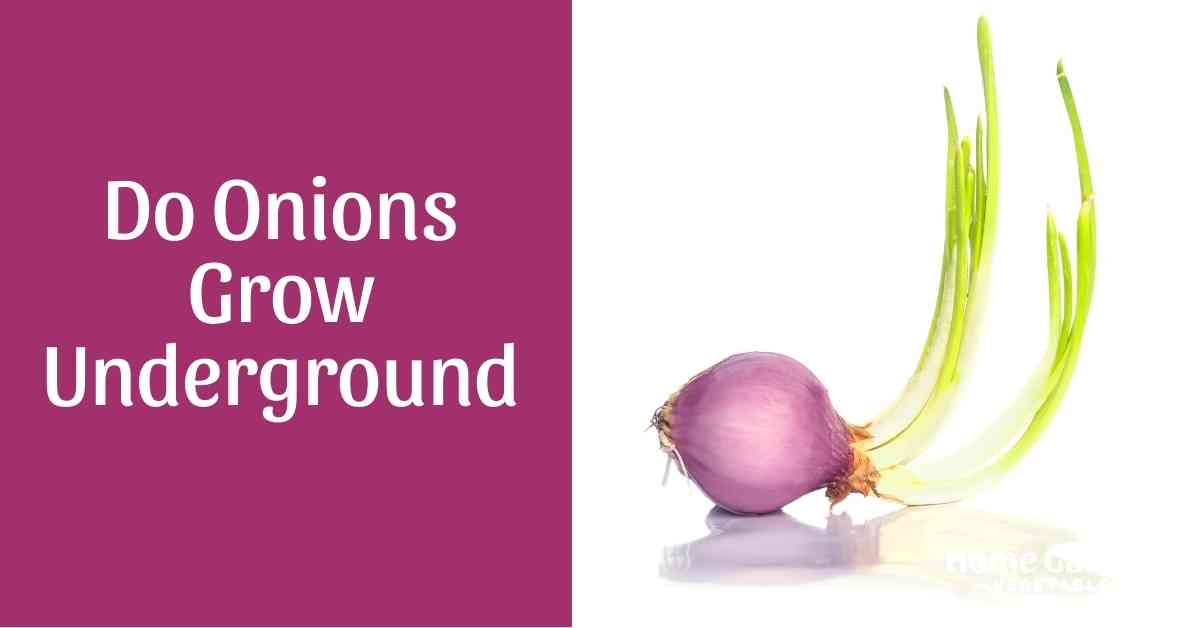Before growing onions, a common question that might pop in your mind is do onions grow underground or above the ground? Is it a root vegetable like carrots, beets, and radishes or is it an above-ground vegetable like tomatoes, peas, pepper, and squashes? The question isn’t a simple one. Onions produce edible parts both above and below the ground. It really depends on how you plan on harvesting and using it before calling it an underground or above-ground vegetable.
Onion Bulbs – Underground Vegetable
With the botanical name Allium cepa L, this onion is also known as bulb onion or common onion. Several varieties exist, including yellow or brown onions, red or purple onions, and white onions. The different varieties of bulb onions are primarily cultivated for the sweet, slightly pungent-flavored bulb that develops underground.
Reader Poll: What online courses would interest you?
Once the green tops start to turn yellow and fall over in about 150 days from seed, the onion bulbs are harvested from below the surface and stored. The bulbs can be peeled, chopped, and consumed raw as part of salads, made into pickles or chutneys, or cooked in savory dishes.
However, this does not mean that the green stalks of bulb onions are inedible. If you want to use the green tops, you can harvest the onions while the stalks are still green and fresh. Of course, since this is much sooner than the correct time to harvest bulbs, the bulbs will not be completely developed and at their true size when you harvest them for the green top. Nonetheless, you can consume both the green stalks and the underdeveloped bulbs at their base.
In fact, bulb onions that bolt, or form flower stalks, are harvested earlier and used while the rest of the onions are still in the ground because after bolting, the onions won’t be suitable for storage.
Subscribe to our newsletter!

Do You Need To Earth Up Onions
As the picture above shows onion bulbs poke up out of the ground when they grow. People often ask do you need to dig them back into the ground or cover them with soil? Don’t be tempted to do this they grow above ground so leave them as they are.
There is one exception… If an animal has dug them up and you can see roots exposed then put them back in and prop up with soil.
Green Onions – Above-Ground Vegetable
Green onions, also known as scallions or bunching onions, primarily belong to the species Allium fistulosum. Unlike bulb onions, these varieties don’t form large bulbs underground and are primarily grown for their above-ground green growth.
They’re planted in much the same way as bulb onions but will come to harvest much sooner. You can start harvesting in about two weeks as soon as the stalks reach at least 6 inches in height. Cut off the stems, leaving at least 2 inches of growth above the ground and the plant will regrow for more harvests.
Conclusion
So you see that onions can be both, an above-ground or an underground vegetable depending on when you plan on harvesting them and how you plan on using them. Whether underground or above-ground, onion is an amazing vegetable to grow in the garden and has countless uses in every kitchen.

